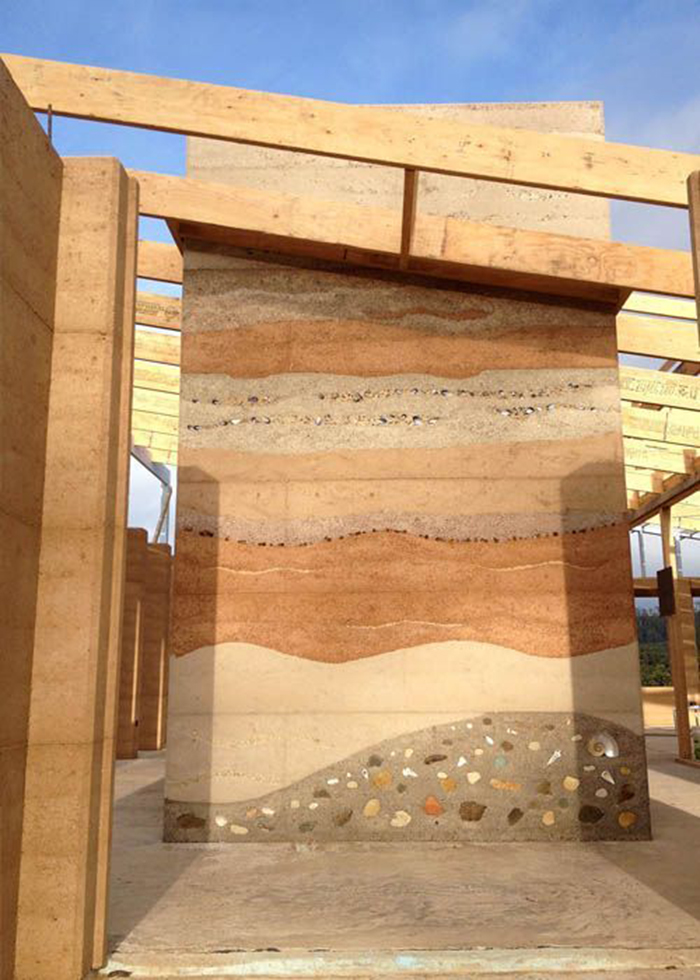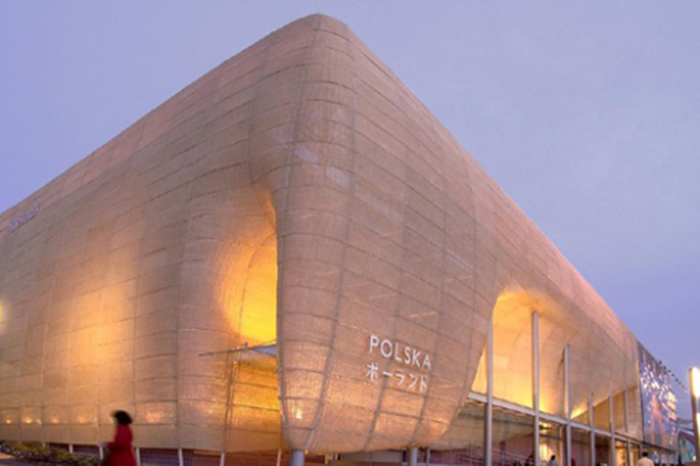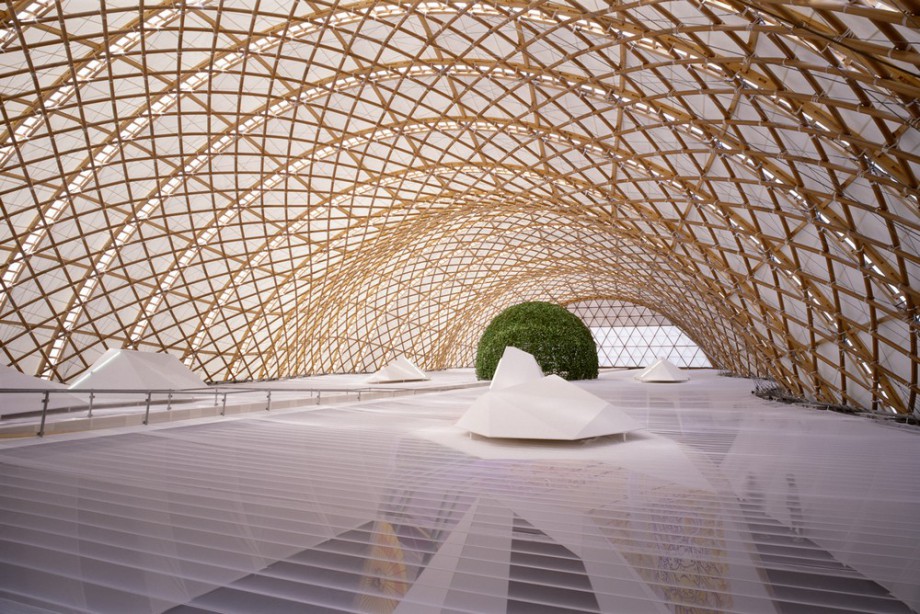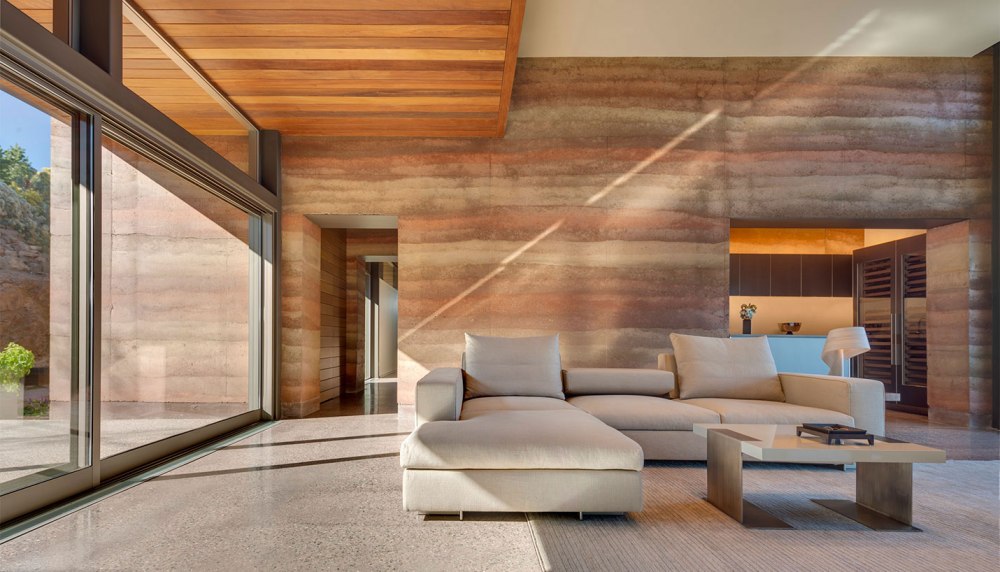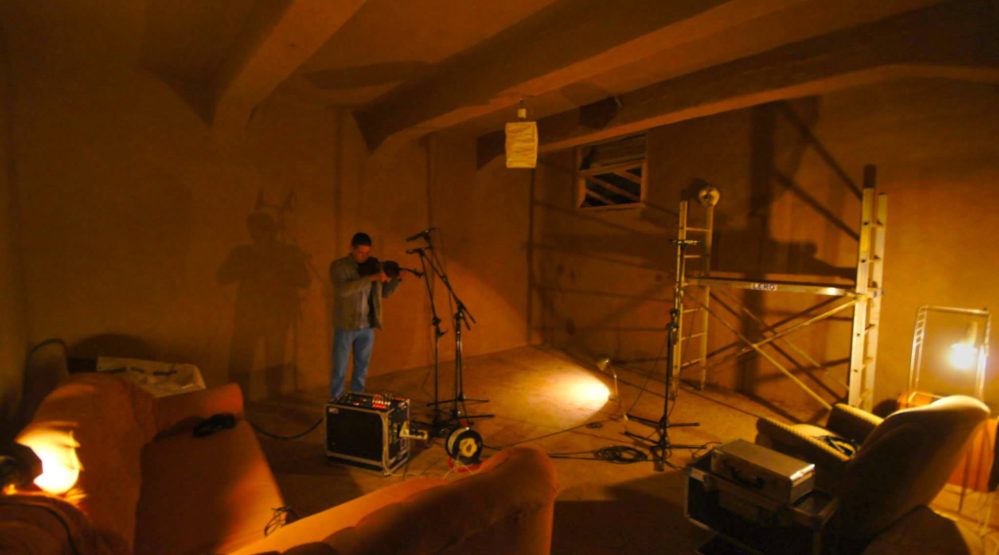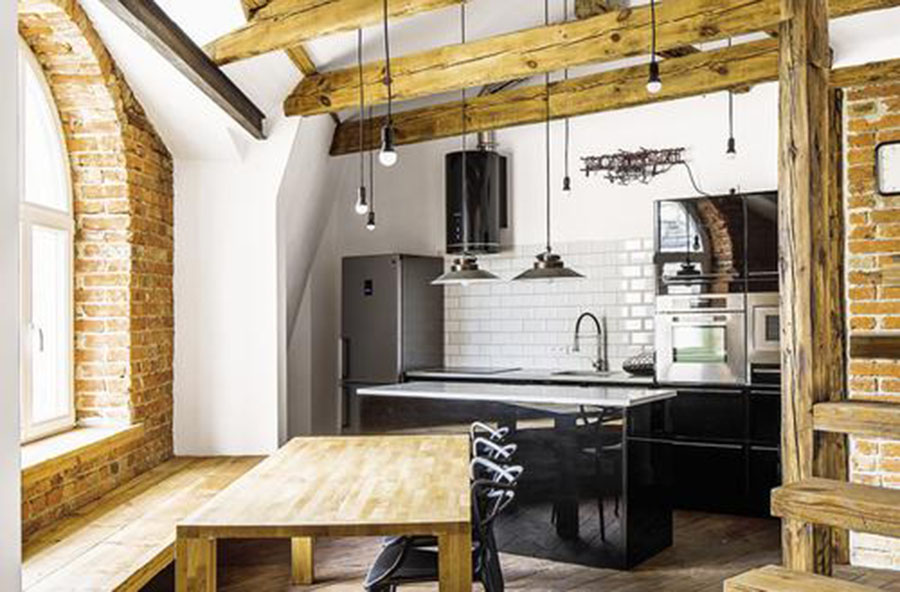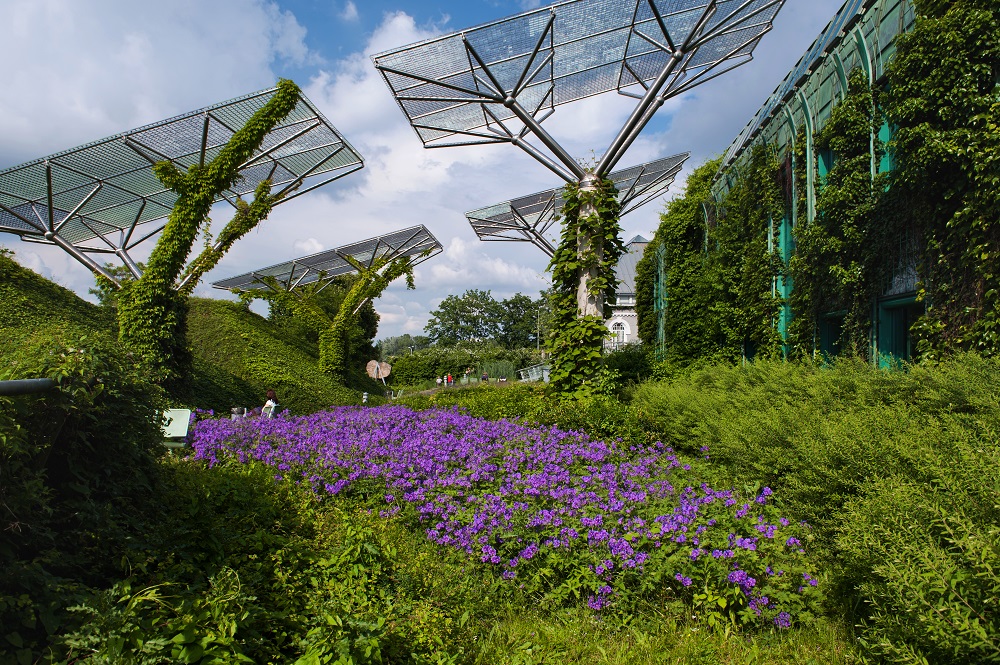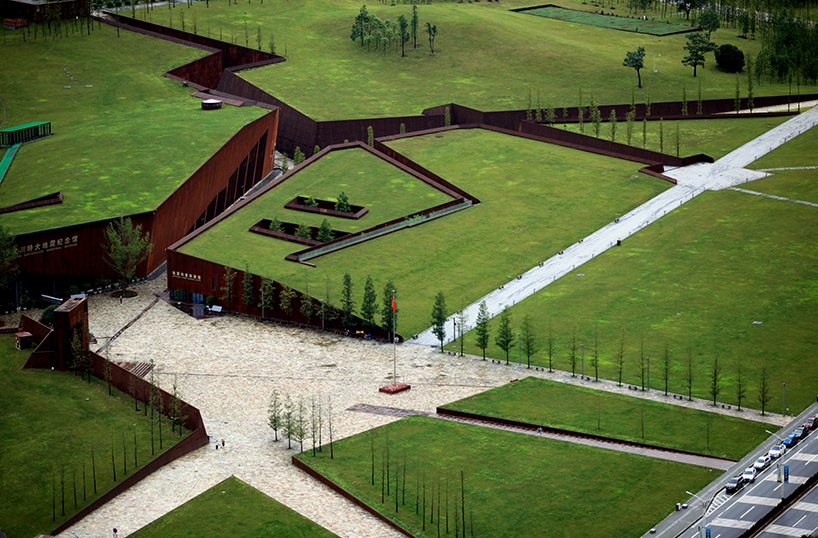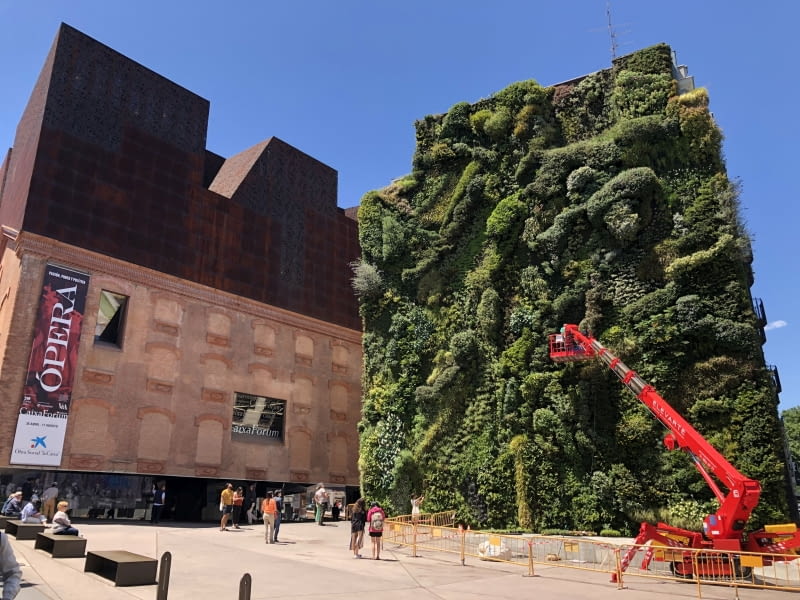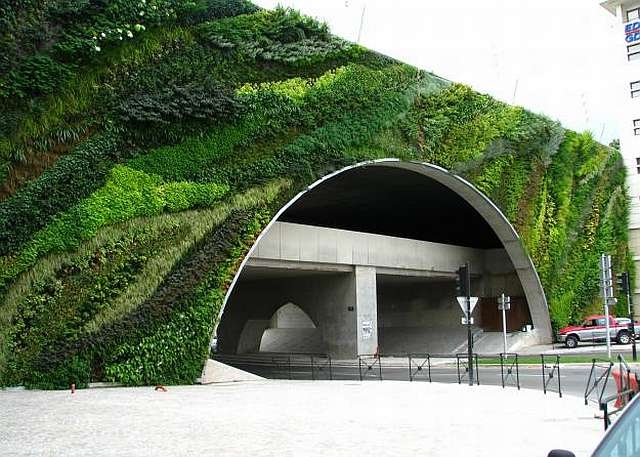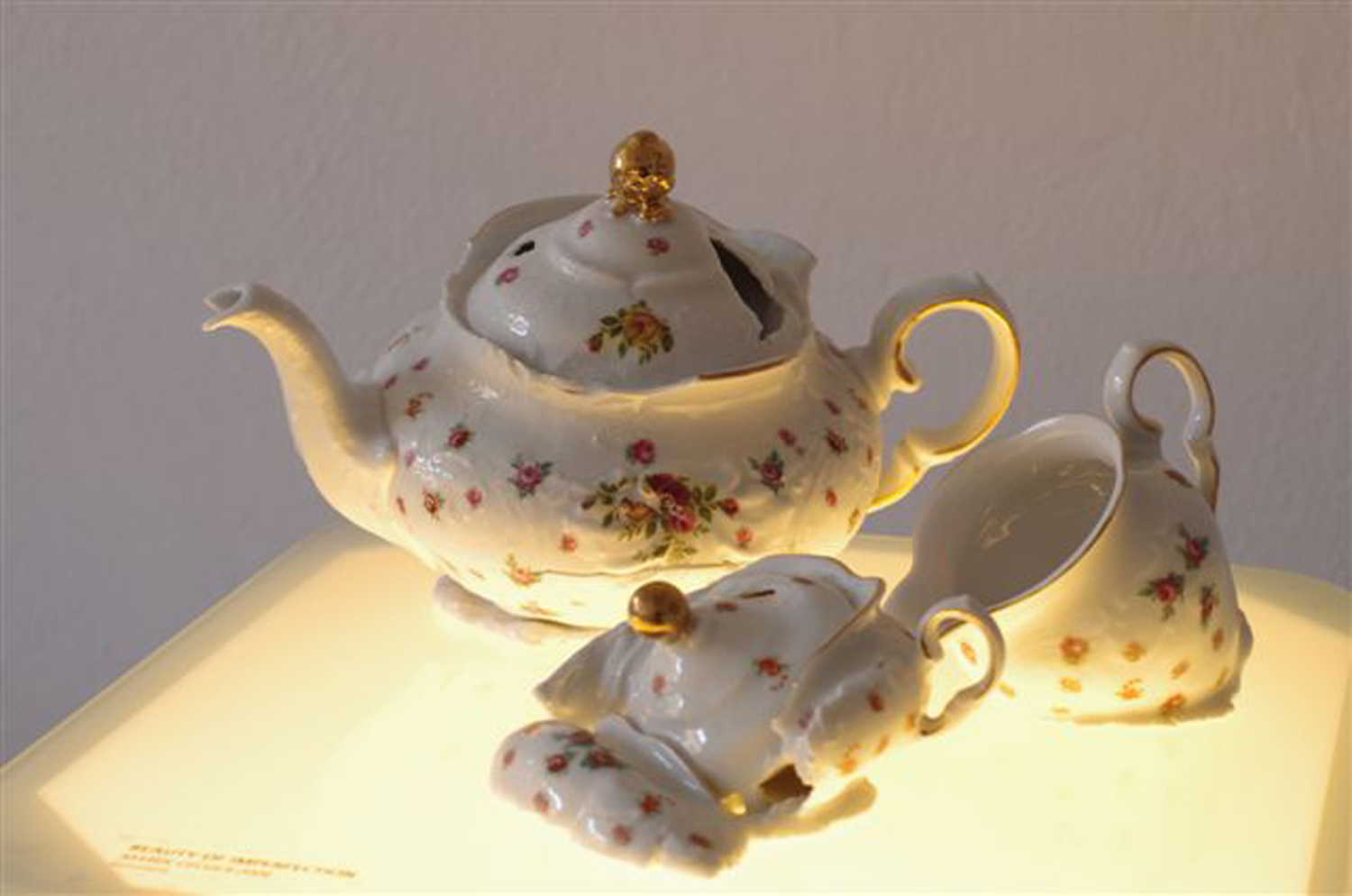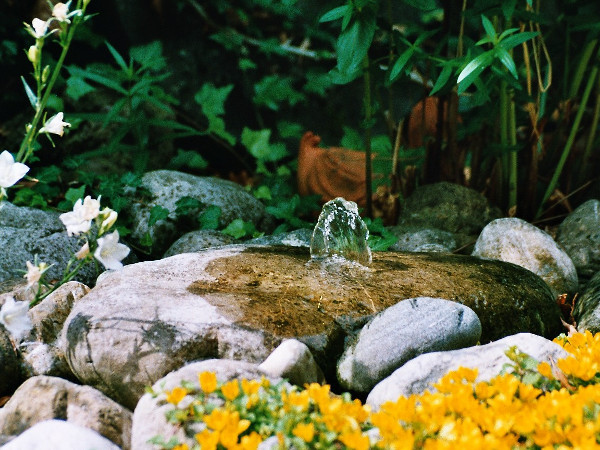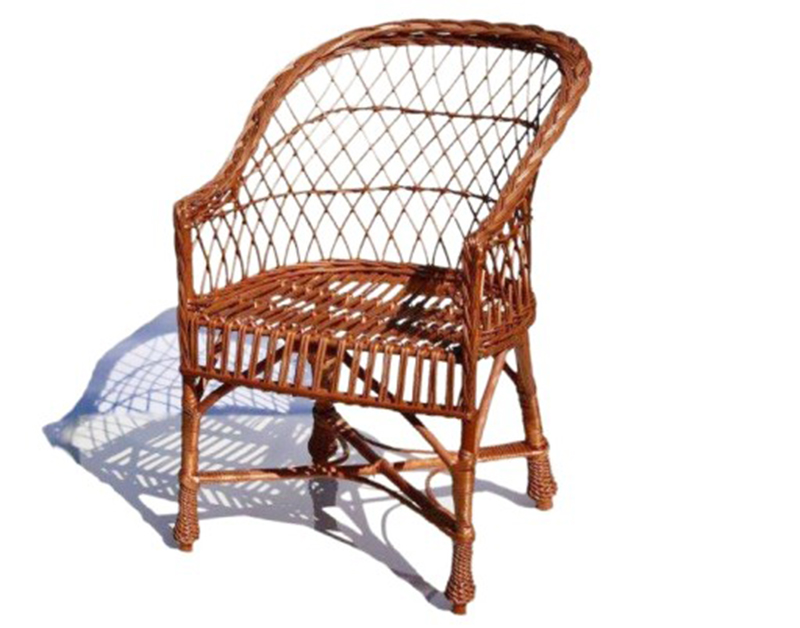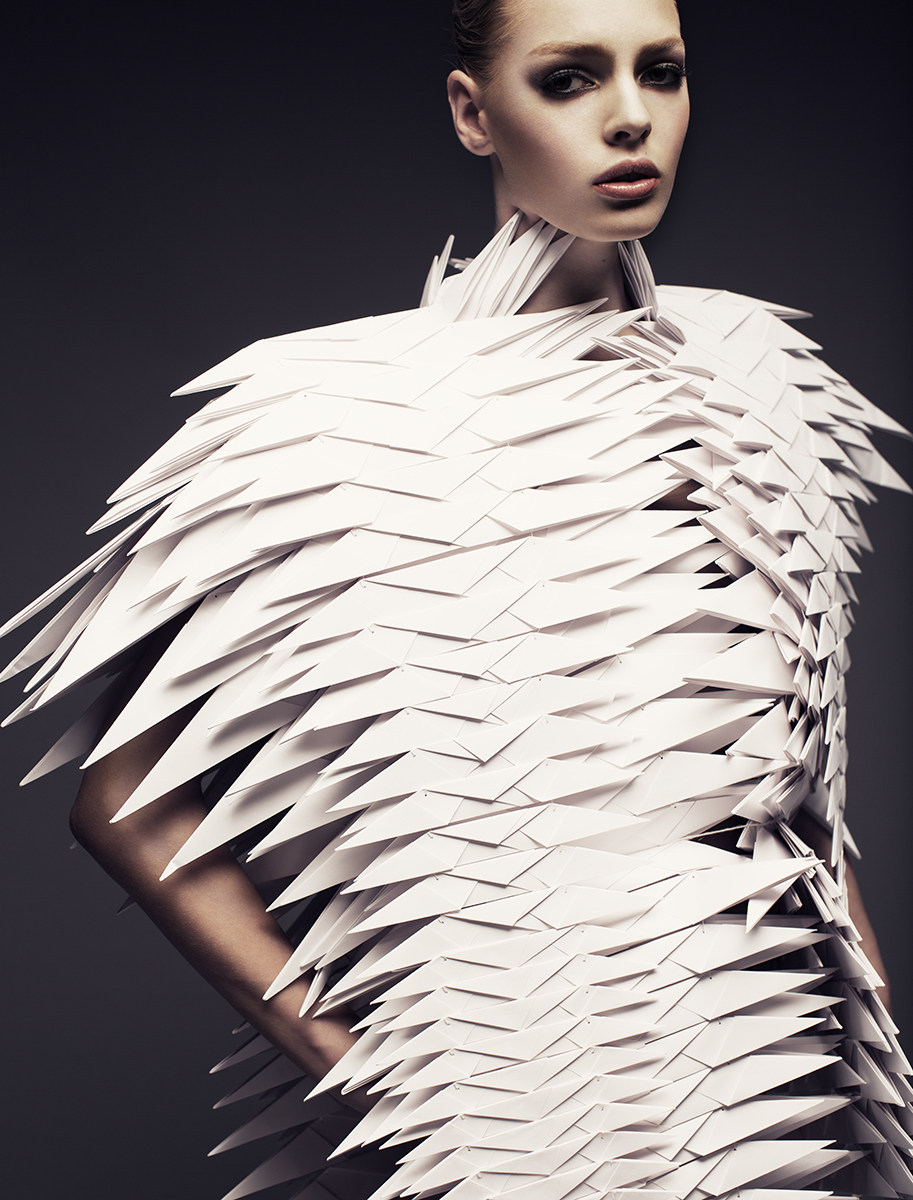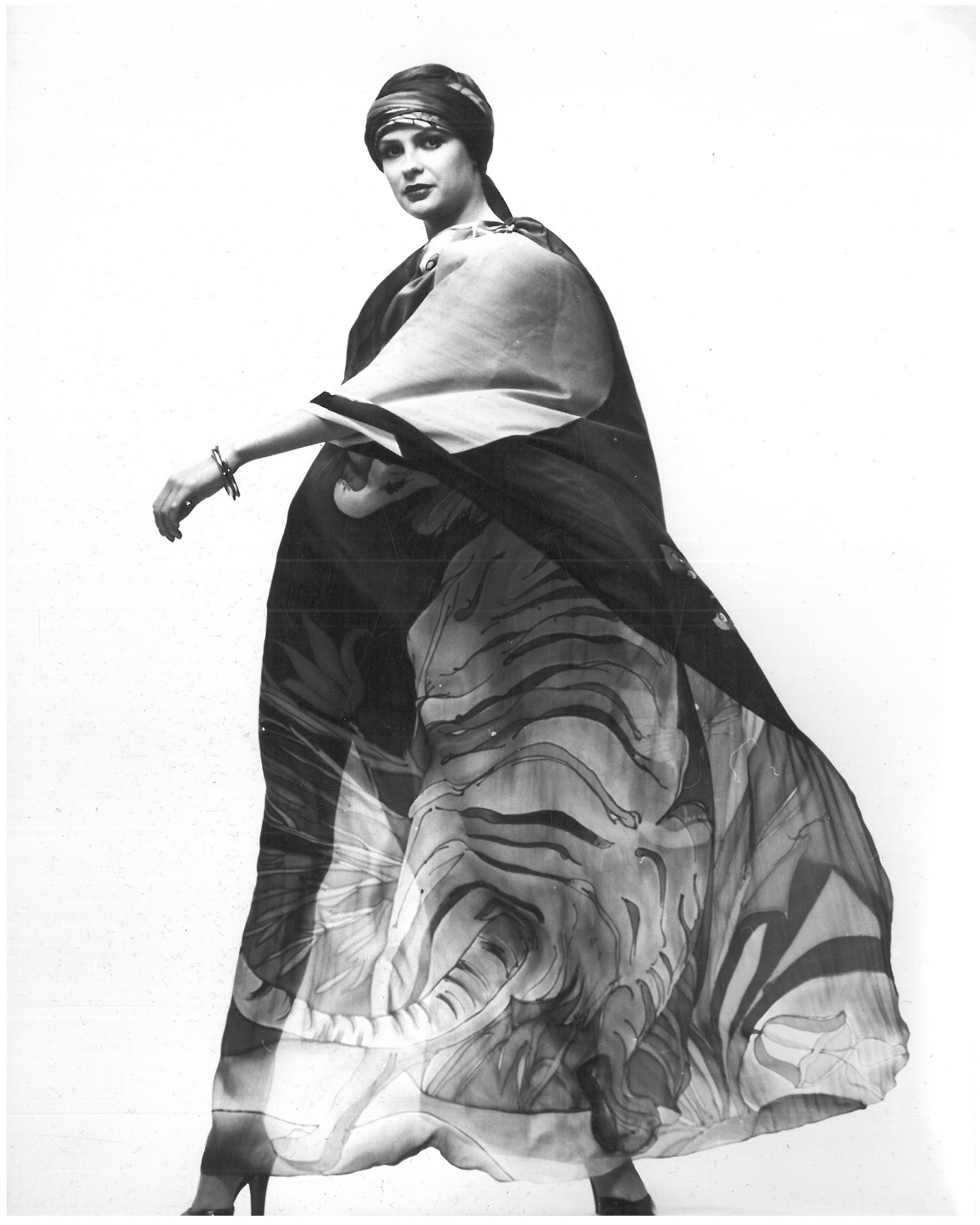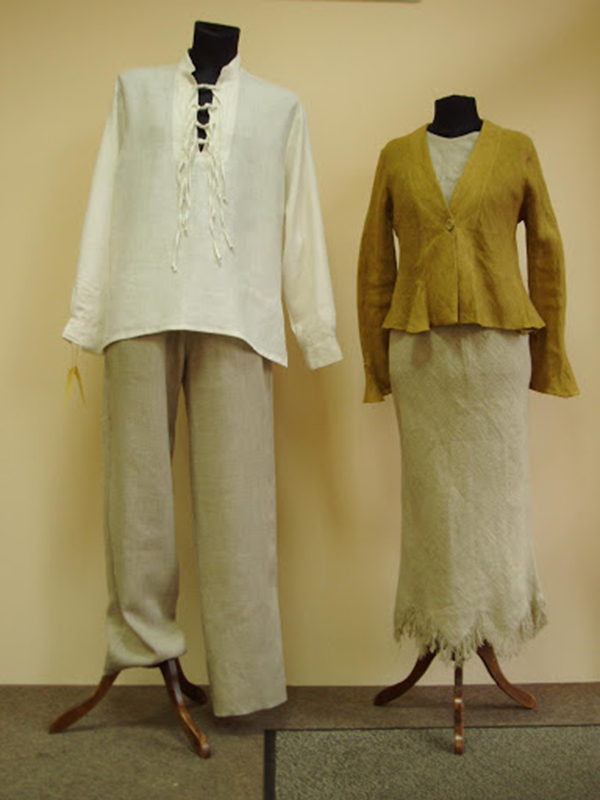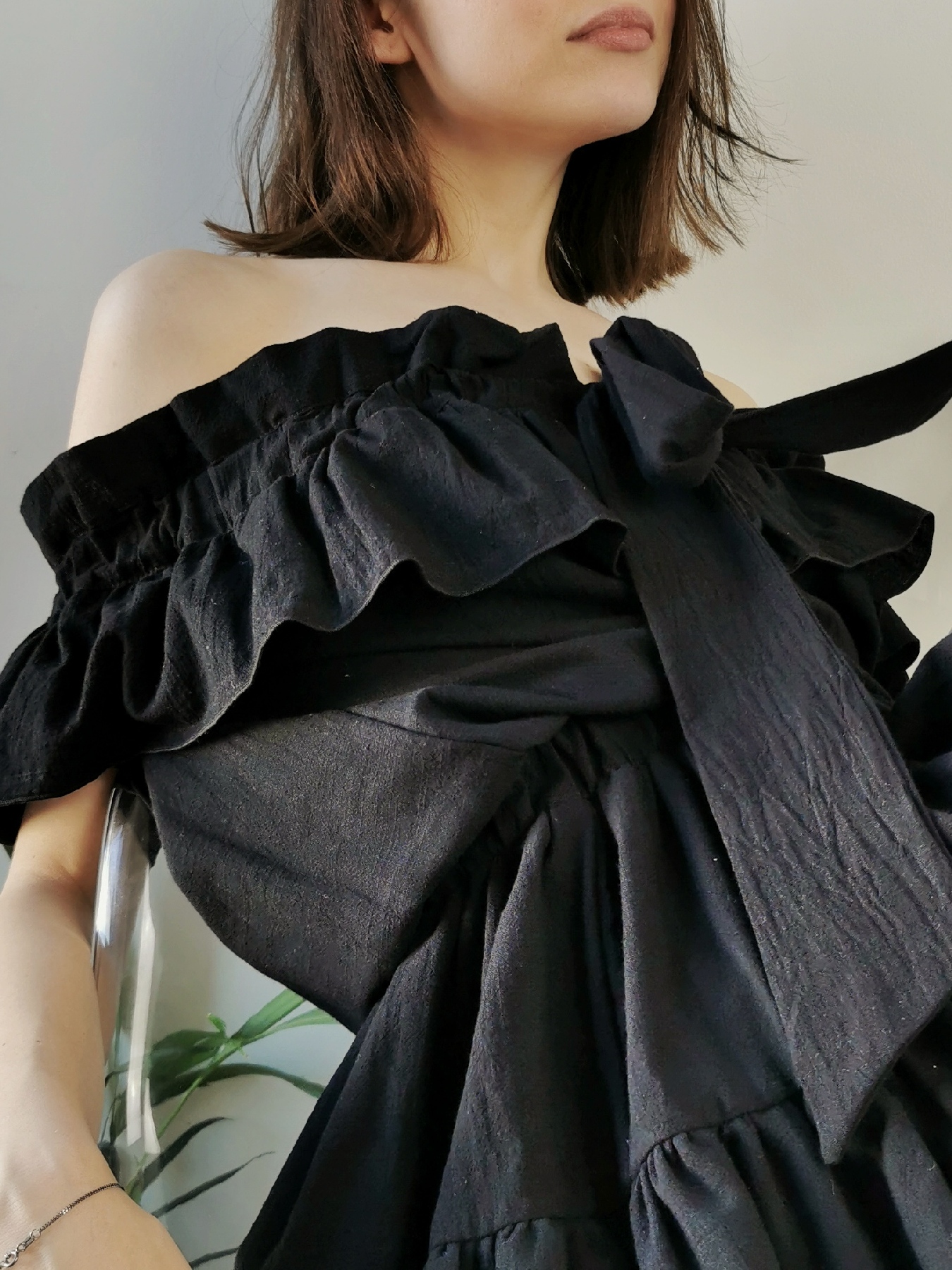
Art, just like architecture, is the work of humans. We admire various places with amazing buildings just like we see museums filled with paintings and sculptures, we listen to beautiful music in concerts and we watch performances and films.
Since the times of prehistoric rock paintings, people could not live without art, they searched for ideas for their works in the surrounding world, especially in nature. They made sculptures and other items in ceramics, bronze, and later silver and gold. At first, people used natural resources to build small shelters, and with time also large magnificent buildings that are famous for their beauty to this day. Both in architecture and in interior and garden design, as well as in crafts, works are created from natural materials such as stone, wood, hemp concrete or clay.
People have been creative for thousands of years, which is why art was divided into prehistoric, ancient, medieval and modern, including contemporary, which includes painting, music, sculpture, theater, ceramics, photography, fashion, but also architecture.



